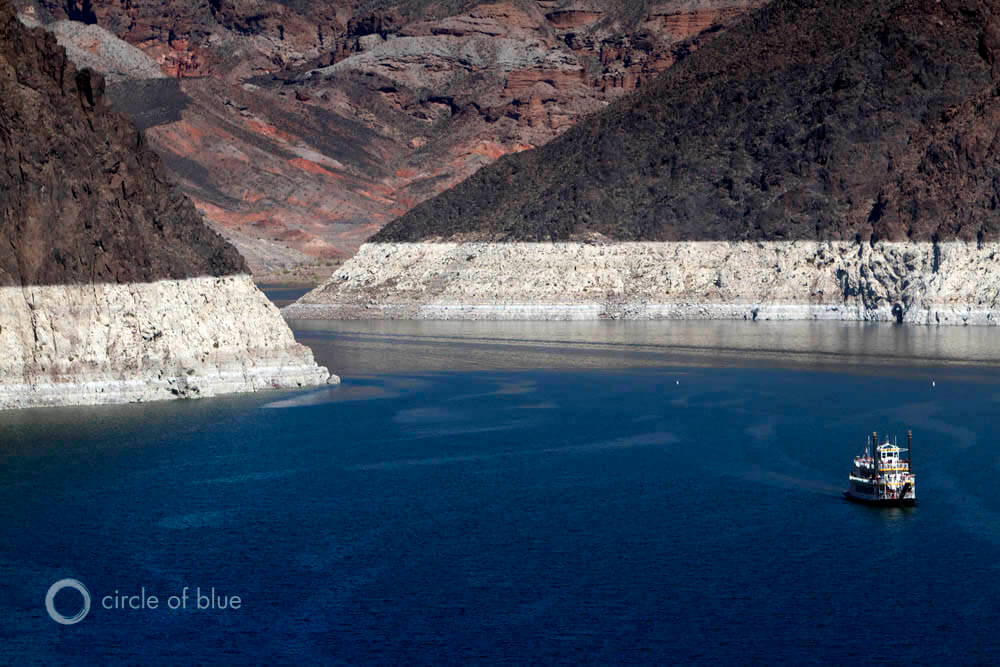Supreme Court rules the US is not required to ensure access to water for the Navajo Nation, by Robert Glennon
The Conversation
June 23, 2023
The Navajo Nation, the largest Native American reservation in the U.S., covers 27,000 square miles (70,000 square kilometers) in the Southwest – an area larger than 10 states. Today it is home to more than 250,000 people – roughly comparable to the population of St. Petersburg, Florida, or Winston-Salem, North Carolina.
Unlike those cities, however, 30% of households on the Navajo Reservation lack running water. Hauling water can cost 20 times what it does in neighboring off-reservation communities. While the average American uses between 80 and 100 gallons (300-375 liters) of water per day, Navajo Nation members use approximately seven.
Since the 1950s, the Navajo Nation has pressed the U.S. government to define the water rights reserved for them under the 1868 treaty that created their reservation.
These efforts culminated in a U.S. Supreme Court case, Arizona v. Navajo Nation, which posed this question: Does the treaty between the Navajo Nation and the United States obligate the federal government to “assess” the water needs of the Navajo and “make a plan” for securing water to meet those needs? On June 22, 2023, the Supreme Court ruled 5-4 that the answer was no.
June 23, 2023
The Navajo Nation, the largest Native American reservation in the U.S., covers 27,000 square miles (70,000 square kilometers) in the Southwest – an area larger than 10 states. Today it is home to more than 250,000 people – roughly comparable to the population of St. Petersburg, Florida, or Winston-Salem, North Carolina.
Unlike those cities, however, 30% of households on the Navajo Reservation lack running water. Hauling water can cost 20 times what it does in neighboring off-reservation communities. While the average American uses between 80 and 100 gallons (300-375 liters) of water per day, Navajo Nation members use approximately seven.
Since the 1950s, the Navajo Nation has pressed the U.S. government to define the water rights reserved for them under the 1868 treaty that created their reservation.
These efforts culminated in a U.S. Supreme Court case, Arizona v. Navajo Nation, which posed this question: Does the treaty between the Navajo Nation and the United States obligate the federal government to “assess” the water needs of the Navajo and “make a plan” for securing water to meet those needs? On June 22, 2023, the Supreme Court ruled 5-4 that the answer was no.
